קופים מצלמים
ינאי טויסטר
נקודת המוצא של מסה זו היא המקרה המפורסם של תצלומי סלפי שצילם קוף מקוק מצויץ, שהצליח לשים את ידו על מצלמתו של צלם טבע בריטי ביערות אינדונזיה ב-2011. הדיוקנאות העצמיים המחויכים של הקוף הופיעו בעיתונות העולמית והציתו ויכוח משפטי וציבורי סביב שאלות של זכויות יוצרים, תמלוגים ושימוש הוגן בדימויים. לטענת טויסטר, עצם קיומו של הוויכוח מעיד על קריסתה של החלוקה הדיכוטומית המסורתית בין הטבעי והחייתי ובין האנושי והטכנולוגי, ומזמין בחינה חדשה של הצילום כמעשה ייחודי אשר משלב בין כל ההיבטים האלה. לשם כך הוא שואב מהתורה הפילוסופית הייחודית של וילם פלוסר (Flusser), בייחוד מהתשתית המושגית של ״דימוי״, ״אינפורמציה״, ״אפרטוס״ ו״תוכנה״, שפיתח במסגרת הדיון בצילום, ובוחן את הדרכים שבהן האוטומציה של הצילום שינתה את תפיסות הכוונה, הזיכרון והפעולה שלנו, עד כדי כך שבמובנים אחדים כולנו ״קופים מצלמים״.


